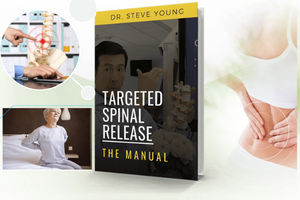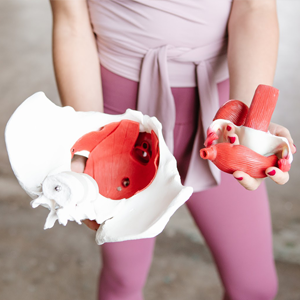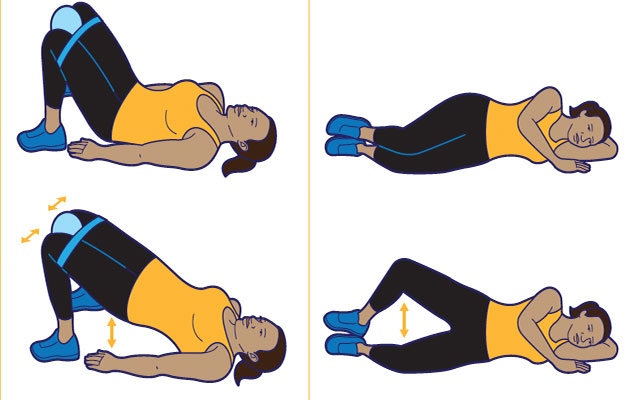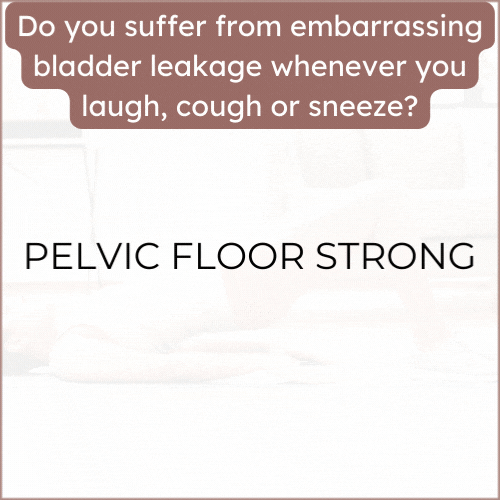Other FAQs About Kegel Exercises
How often should Kegel exercises be done?
It's generally recommended to perform Kegel exercises regularly. Begin with 3 cycles of 10 short squeezes and one long squeeze daily, gradually increasing to 6 to 10 sets per day.
When is the best time to do Kegel exercises?
You can do Kegel exercises discreetly at just about any time, whether you're sitting at your work desk or relaxing on the couch. With consistent daily practice, you can seamlessly integrate pelvic floor exercises (PFEs) into various activities, reaching a reflexive level of training. This level doesn't demand significant mental effort or concentration, allowing your efforts to go unnoticed by people around you.
Should I perform Kegel exercises while standing, sitting or lying down?
If your pelvic muscles are weak, you may find it helpful to do the exercises while lying down. Otherwise, Kegel exercises can be performed while standing, sitting, or lying down. What's more important is knowing how to identify and use the correct set of muscles.
How do I know if I am performing the exercises correctly?
Firstly, Kegel exercises should not cause any pain. If you find that you have pain or soreness in your stomach or lower back, or a headache after performing them, you may be clenching the wrong muscles or holding your breath. You should breathe normally and maintain your focus so that you are only tightening or releasing the pelvic floor muscles. Avoid tightening other muscles in the abdomen, thighs or buttocks.
How long will it take for me to see results?
It may take 6-8 weeks of consistent Kegels exercises to see improvement. For example, if you have urinary incontinence, you may experience less leakage.
If you suspect incontinence or other urinary issues persist despite Kegel exercises, schedule an appointment with a urogynaecologist for diagnosis and guidance on the next steps.
Can Kegel exercises be done during pregnancy?
Yes, Kegel exercises are often recommended during pregnancy to support pelvic health and prepare for childbirth. Engaging in regular Kegel exercises helps strengthen the pelvic floor muscles, which can be particularly beneficial in preventing issues such as urinary incontinence and supporting the additional strain placed on the pelvic region during pregnancy.
Kegel exercises are considered a valuable component of antenatal care, contributing to overall maternal well-being and postnatal recovery.


































